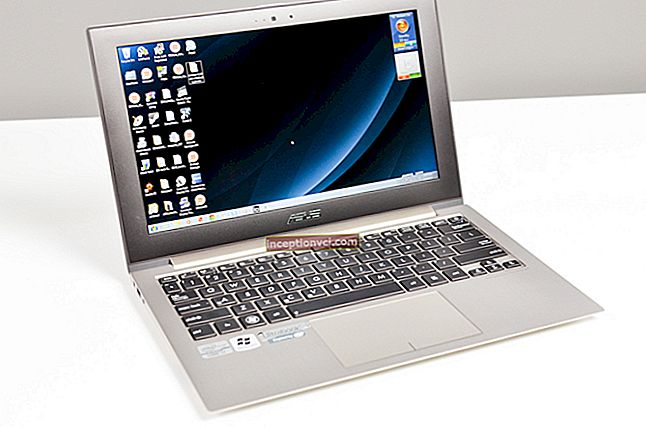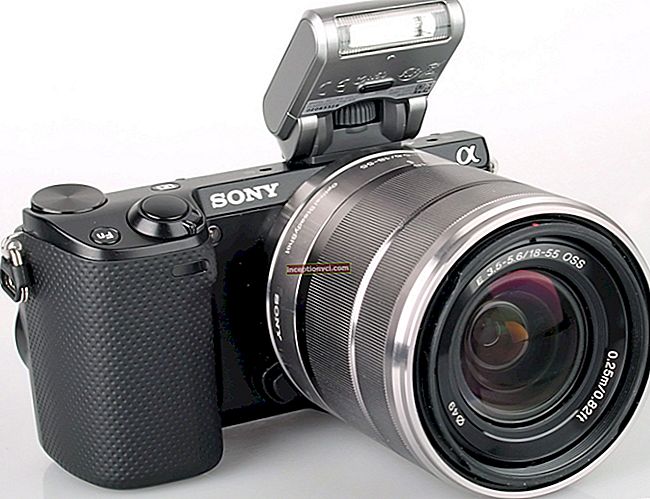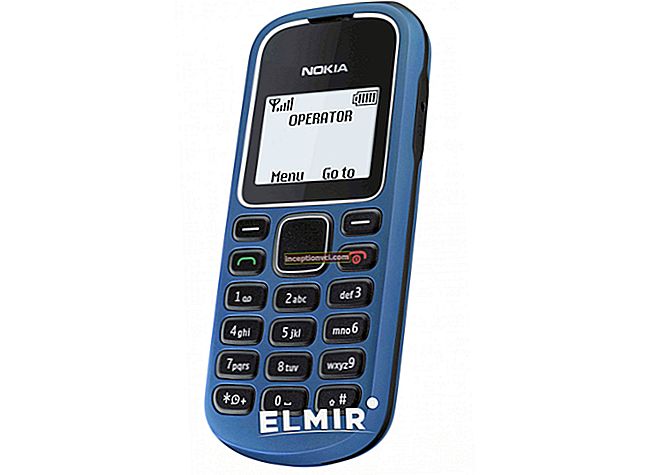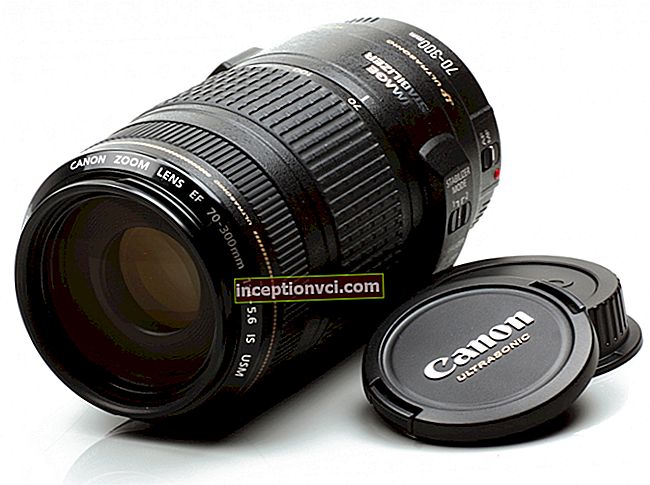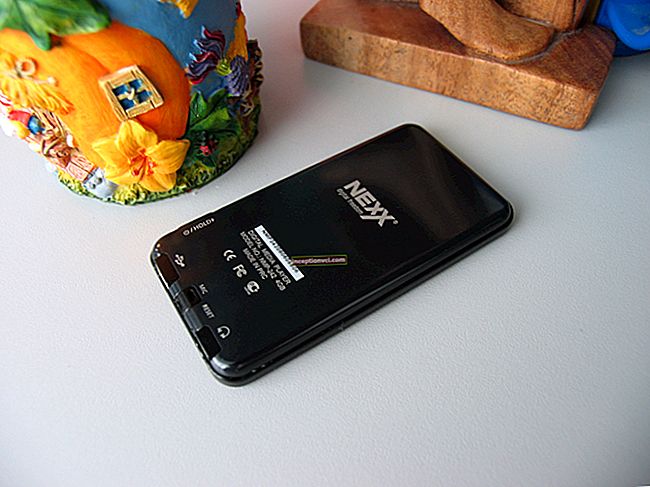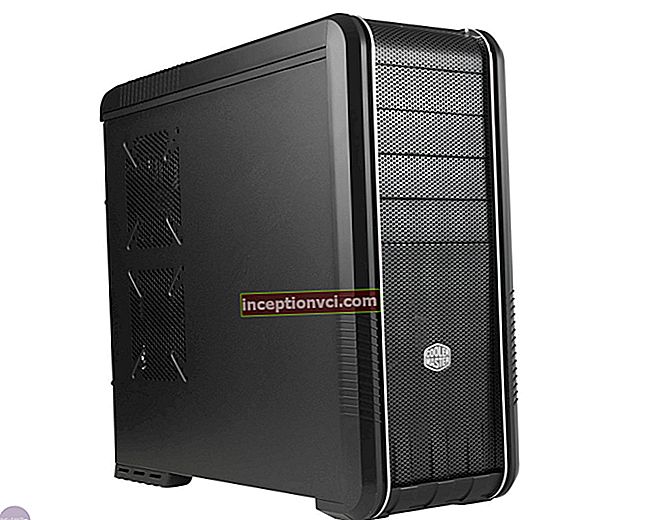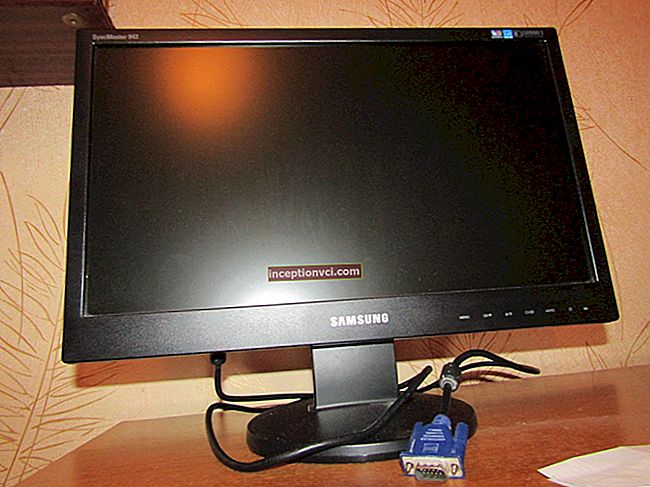
The AMD Athlon II X4 640 launch date is May 10, 2010. As you can see, among the four cores, this is a relatively new product from AMD. The main task for me is to understand if there is something unique here or if this is just another commercial move.
What I saw is the well-known architecture of the Propus core, which, although it is a budget option, has won a large audience of buyers. The operating frequency is 3.0GHz, the cache memory is limited to L2 (L1 Cache 64K + L2 Cache: 512KB per core), 45nm tech. process and is capable of working with DDR 2 memory sticks up to 1066 MHz and DDR 3 up to 1333 MHz. All this fits into a TDP of 95 watts.


Thus, there are no special innovations, but only an improved Athlon II X4 635, or rather, an ordinary factory overclocking is achieved. Let's see how the Athlon II X4 640 performs in the tests.

To begin with, let's analyze the performance of Athlon II X4 640 together with low-end AMD models and one of the top-end models from Intel - Core I7 920.

CPU | AMD Athlon II X4 640 3.0GHz |
Motherboard | ASRock 890GX Extreme3 |
Memory bars | 4GB Corsair Dominator 1600MHz |
Video card | HIS Radeon HD5870 |
HDD | WD 640 GB |
Power Supply | 750 watts |


The result, frankly, surprised me, as we see the 640 loses out to its younger brother 635 and the processor of the older Phenom 910e line (probably the third-level cache is doing its job). I don't even know how to explain this. The Intel processor is far ahead.
Based on such an unexpected result, I decided to test specifically two brothers 640 and 635.


As you can see, everything fell into place. Only in two indicators 640 is slightly weaker than 635.
Then again I added the indicators of other processors.


The older model from AMD 910e, thanks to the L3, shows a decent result, as for the 640, it is not bad at all for the “budget”.


Here it is! Athlone is faster than Phenom! Ask why, it's very simple. The main role was played by the operating frequency, and the 640 has the highest, that's the result.
Now let's test the performance in gaming applications. For clarity, let's add several processors: a three-core 445 and a dual-core 260.


As you can see, 4 cores are not 3 for you, and moreover 2. 640 shows a decent result.


The results were equal, this is probably due to the characteristics of the application itself.


Again, four cores are ahead, although three fully justify themselves.
Finally, consider a test that will evaluate whether I was justified in using a 750W PSU or not.

As expected, AMD's power consumption is significantly better than Intel's.

Personally, I got a feeling of lack of clarity. Why AMD released this processor? As for me, they had a surplus of Propus kernels, there was nothing to do with them. That's why the decision is ripe: overclocking 635, assigning a new number - 640 and, oops, a completely new processor and a great option for an upgrade.
The tests showed that the revolution did not happen. Four cores are “stable and self-confident”, and AMD remained true to its principles and ideals, which is one of the main trump cards of this company. AMD Athlon II X4 640 is certainly good, but nothing more.
And finally, you can buy AMD Athlon II X4 640 at a price of $ 123 (984 UAH).


